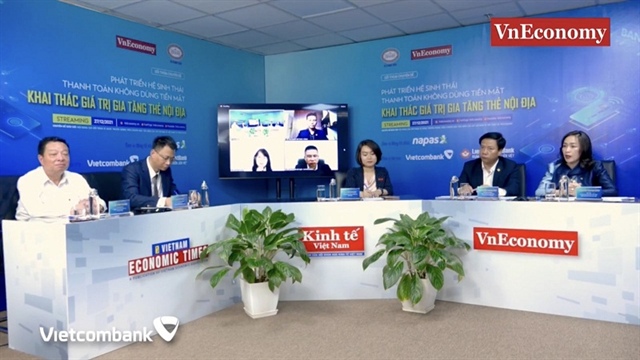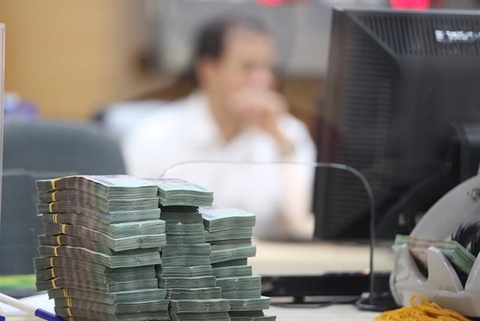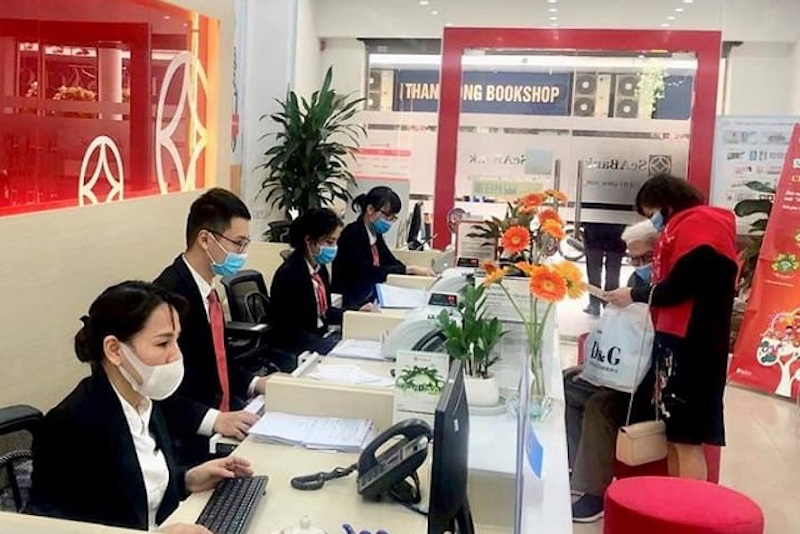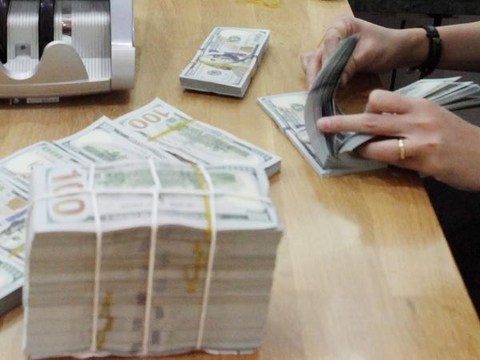Integrating utilities into chip cards to attract Vietnamese users
Integrating utilities into chip cards to attract Vietnamese users
A large number of magnetic-card holders in Vietnam have not seen many benefits from using chip cards so they refuse to make the replacement.
Commercial banks, the National Payment Corporation of Vietnam (Napas) and the State Bank of Vietnam should integrate more functionalities into chip-embedded cards to bring more benefits to Vietnamese users, according to local insiders.

Delegates attend the workshop. Screenshot from the online event |
The recent cooperation between Napas and Vinbus, Vingroup-backed electric bus operator in using chip cards as the contactless payment for bus fare, is one of the solutions to create practical benefits to those who use Vinbus’ electric buses and then public transport services under an expected expansion plan.
Nguyen Ba Tuyen, Deputy Director of Digital Banking Center at LienVietPostBank, told the work shop “Developing the eco-system of cashless payment” held on December 27, that the banking mission is to help the current more than 100 million cardholders make transactions via one chip card.
“Customers want to use the card for all utilities including Hanoi urban railway Metro or Vinbus’ services which will bring technology to life,” he said.
Tuyen commented that a number of magnetic-card holders in Vietnam have not seen many benefits from using chip cards while banks in Vietnam are replacing magstripe cards with chip cards to ensure greater payment security and promote non-cash payment methods.
Of a similar mind, Phan Thanh Ha, Deputy Director of Agribank Card Center, said the transition among cardholders is the most difficult thing for banks, although they have been proactive in marketing, communication, promotion, and offering free replacement.
“The shift to chip-embedded card is still low,” she added. “They found that VCCS-standard chip cards are not really convenient or have no more outstanding features than magnetic cards.”
According to Ha, up to now, Agribank has replaced 6.1 million magstripe cards with chip-embedded cards. It is necessary to add more value to chip cards, such as bus fare payment, just as the one deployed by Napas for Vinbus services to accelerate the replacement. The bank will complete the transformation to chip cards in 2022, emphasized Ha.
Increasing utilities of chip cards
Data from the Vietnam Bank Card Association showed that, by the end of the third quarter of 2021, only 25% of magstripe cards have been replaced by chip cards in the entire national banking system and the rate is expected to reach 35% until the last quarter of this year.
Faced with this situation, the Association proposed the State Bank of Vietnam (SBV) to consider delaying the deadline for completing the replacement of domestic magnetic cards with chip cards until beyond 2021.
Taking a more positive view, Nguyen Quang Minh, Deputy General Director of Napas said that the replacement pace is in fact encouraging. “If in 2020, only 10% of magstripe cards were replaced by chip cards, by November this year, the percentage was almost 40%. The transaction volume by chip cards has reached 50%,” he said.
Napas is ready to expand the use of chip cards in public transport through cooperating with metro line operators. So far, there are only 300,000 chip card readers nationwide, a minuscule number if taking into account the market of 100 million people, Minh said.
In addition, the organization has also collaborated with member banks to carry out communication campaigns on advantages of chip card and its application to convince people to replace their magstripe cards with chip ones.





















